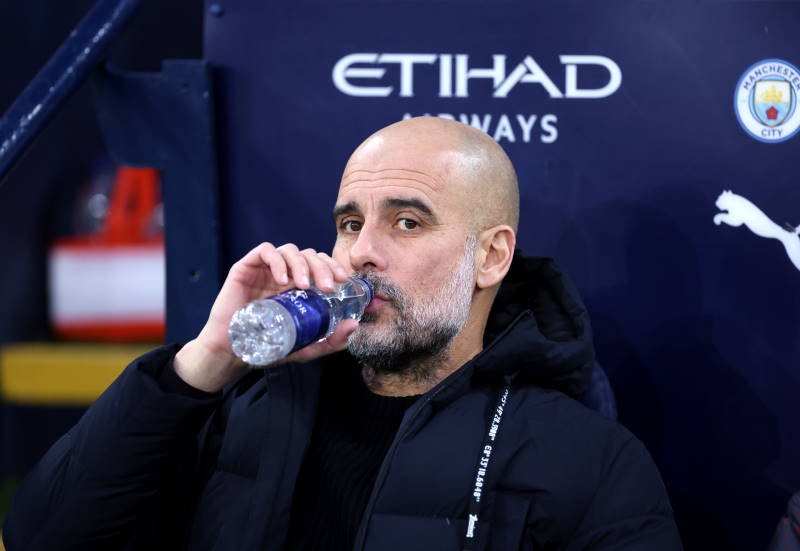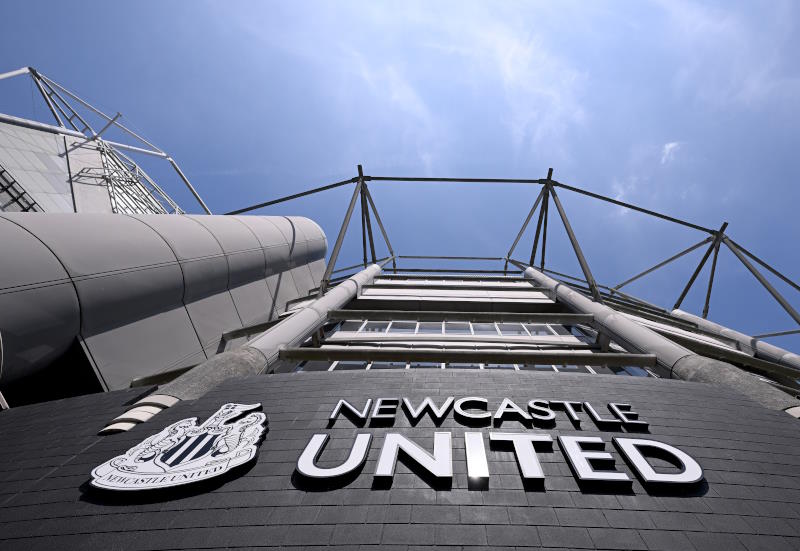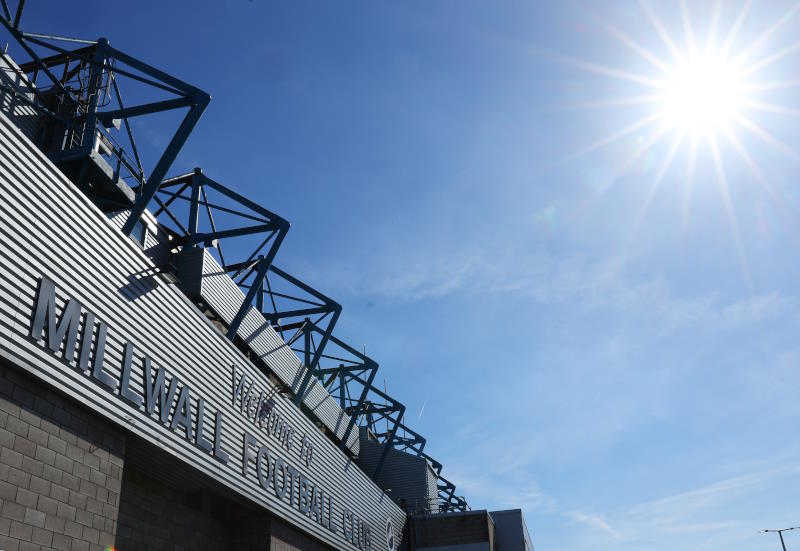.jpg)
One of the main tactical trends to emerge from this summer’s World Cup was the predominance of the 4-2-3-1 formation. Three of the four semi-finalists utilised the system. as did many others. But while most modern European opinions credit Juan Manuel Lillo or John Toshack with the creation of the formation, in South America its genesis is attributed to a forward thinking left-wing professor of physical education by the name of Jose Ricardo de Leon.
De Leon was a decent player for Nacional and Liverpool in his homeland of Uruguay, making the preliminary squad for the 1950 World Cup, but missing out on the final 22, and in his early coaching career there was also little indication that he would go on to become one of the most influential coaches in the South American game. That all changed, however, when he joined Defensor Sporting in 1971. Inspired by the heavy pressing of the man in possession he had witnessed at basketball games during his degree, he began to formulate a style of play that he felt would allow a lower ranked club such as Defensor to challenge the domestic dominance of Nacional and Penarol.
At the crux of his philosophy was the application of concentrated pressure on the ball to limit the options for the man in possession and force mistakes that would disrupt the rhythm of the opposition. The offside law allowed him to replicate basketball’s full-court press by pushing his back four up to the half way line, cutting the playing area in half and leaving just the arrangement of the remaining six outfield players to be resolved before he was ready to put his ideas to the test.
By the time Defensor embarked on a Latin American tour in 1972, De Leon felt he had the answer. With two central midfielders, two wide-men, an out and out striker and a creative player to link play, he believed he had spread the players sufficiently for all areas of the pitch to be pressed if the need arose. His side got off to a shaky start, losing their first two games of the tour, but once his teachings began to register they went undefeated in the remaining fourteen, winning eight, drawing six and conceding an average of just a goal per game.
After an encouraging season with Defensor, De Leon was tempted to Mexico, where his Atletico Espanol side finished runners-up in 1974 and a year later he took home the title with Toluca. A brief spell in Argentina with Rosario Central followed, but De Leon had unfinished business and returned to Defensor Sporting in 1976 hell bent on ending the 44-year hegemony of Nacional and Penarol.
Re-signing a number of the players whom he had taken on the 1972 tour and integrating them with the latest generation of youngsters and the experienced forward Luis Cubilla, De Leon hit on the right formula to mount a challenge for domestic glory. It went down to the final day of the season, but Defensor’s 2-1 victory over Rentistas saw them pip Penarol to the post by a solitary point to win the first league title in their history.
De Leon had broken the monopoly of the two big clubs and enshrined his name into the history books for ever more. But that was not enough to earn him widespread acclaim at the time, as many questioned whether is stifling tactics were good for the game. Whilst Holland’s total football had used pressing as the basis for expansive, exciting attacking play, De Leon used pressing to limit the effectiveness of his opponents, hoping to nick a goal or two at the other end to take the three points. It says a lot for the defensiveness of his approach that Defensor scored just 33 goals on their way to the 1976 title – 21 less than Nacional in 1977 and 26 less than Penarol in 1975.
The success of De Leon’s Defensor guaranteed a host of emulators and for a time defined the style of Uruguayan football, much to the chagrin of the aesthetes. Despite his detractors, De Leon always remained true to his beliefs and made no apologies for the way in which he went about winning football matches. “Football is not a circus,” he once said. “To have fun is to go see a funny movie. Football is a competition to win, you have to put the ball in the net and stop your opposition from doing the same. Under the regulations, a team that had no attempts on goal but scores two goals still wins the game.”
De Leon later moved to Colombia, where he finished runner-up with Deportes Tolima in 1980, but more importantly sewed the seeds for the great success of the Colombian national team in the early 1990s. Hugo Gallego played under De Leon at Tolima and was later the assistant coach to Francisco Maturana at national youth level and then with the senior national team, using De Leon’s pressing concepts to great effect as they qualified for successive World Cups in 1990 and 1994. “His concepts broke Colombian football in two,” explains Gallego. “I think for the first time internationally there was respect, admiration and recognition for Colombian football.”
De Leon ended his coaching career with Cuernavaca of Mexico in 1993 and spent most of his remaining life out of the public eye up until his passing in February this year. “If he were alive now he would be happy,” says Universidad de Chile coach Gerardo Pelusso, one of De Leon’s many followers, when questioned on the popularity of 4-2-3-1 at the World Cup. “He told me he couldn’t find a better distribution of players across the pitch. If you have to defend, it is defensive; if you need to attack, it is offensive,” and therein lies the reason for its longevity. Germany and Holland were stylistically very different during the World Cup but they both played 4-2-3-1. That versatility is why, nearly 30 years on, De Leon’s creation is still increasingly relevant – and it’s about time he got some credit for it.












